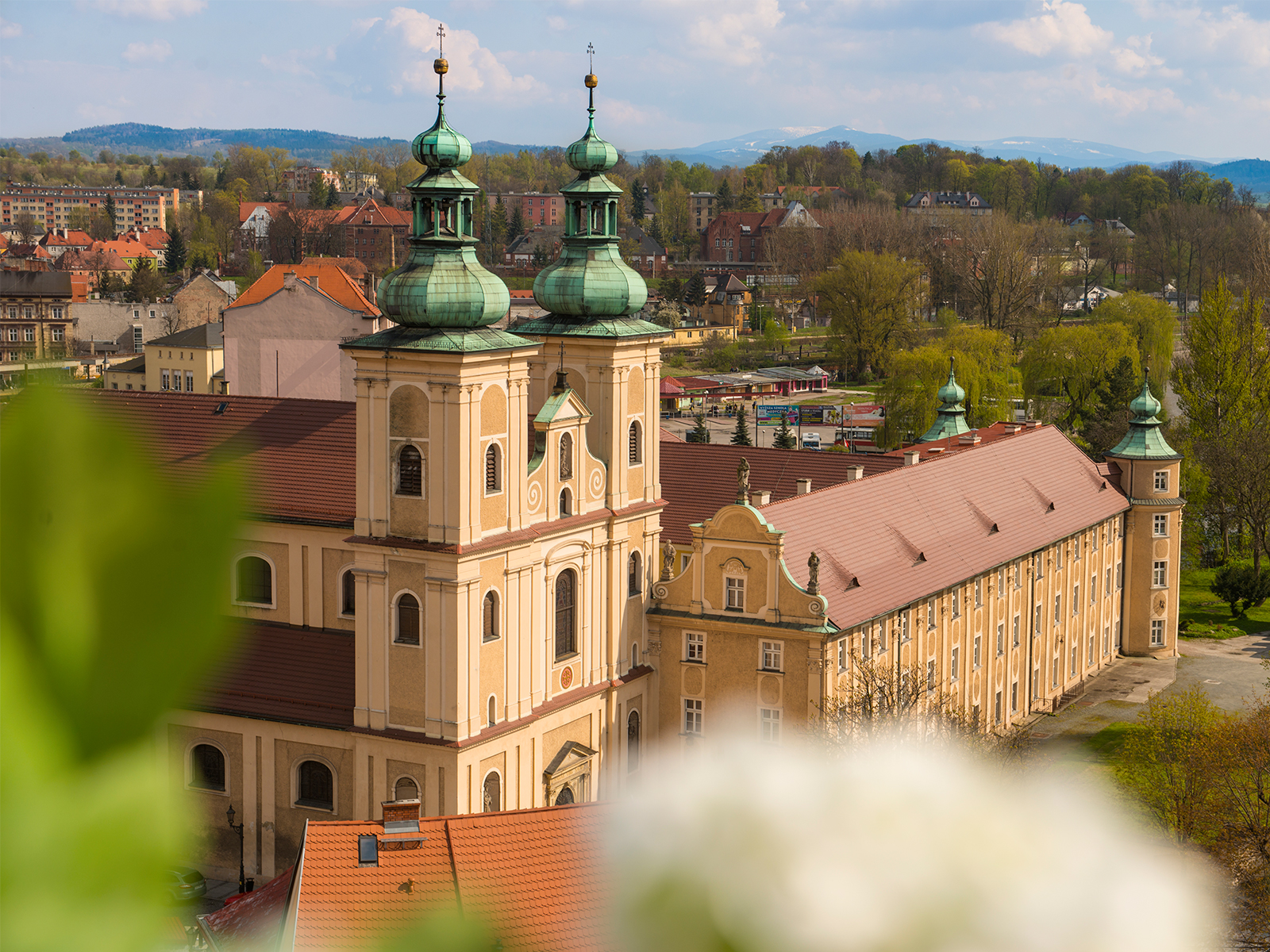The church has a rich history, with is closely tied to the history of the Kłodzko Franciscans. The first representatives of the Order of Friars Minor arrived in Kłodzko from Bohemia in mid-13th century. Their chapel was consecrated in 1257, which means that the ground for the church must have at least been broken by that time. Three altars were soon founded for the Franciscan temple. We are not certain of when exactly construction of the church and the monastery started. In 1270, Bohemian king Ottokar II issued a charter granting Franciscans the rights to the land on Piasek Island. The next centuries would not be as favourable. First the church and monastery, which were located outside of the city walls, were devastated by the Hussites in 1428. The rebuilt church was then severely damaged during the flood in 1475. The monks abandoned it 1564 and it was subsequently demolished.

The estate was returned to the Franciscans under the orders of Ferdinand II, who captured the city in 1622. The current baroque temple was build in the years 1628-31 but the finishing work took a lot longer because the times were uncertain and there were some financial problems. And fate would not be fortunate to the Franciscans this time either. In 1783, a powerful flood damaged the foundations and walls of the church and the adjacent monastery. In 1810, due to the secularisation decree issued by Prussia, the monastery was disbanded. The church building was used to store hay and straw for the Prussian garrison. The monastery used as residences for junior officers and military clerks along with their families. A part of the monastery also served as a hospital for a certain time. In 1834, the Prussian government converted the church from catholic to evangelical.
The historical interiors of the monastery would suffer during this time. Fortunately, the frescos of Felix Anton Scheffler on the ceiling in the great hall have survived to this day. The bigger painting presents the Adoration of the Holy Trinity by the Virgin Mary and four groups of friars, including the patron of the monastery Saint Francis of Assisi, the most important people in the monastery’s history, and the friars who died the deaths of martyrs. The two smaller paintings present the adoration of the cross by a secular faction – the so-called third order – and the adoration of the Eucharist by the Order of Saint Clare, which was founded by Saint Clare of Assisi. The piece also includes smaller frescos depicting the order’s main virtues: poverty, humility, obedience, hope, faith, and love.
In 1619, the City Council took over the monastery for a short time and used it to organise the first print works in Kłodzko.
 English
English  Polski
Polski  Deutsch
Deutsch  Český
Český 

